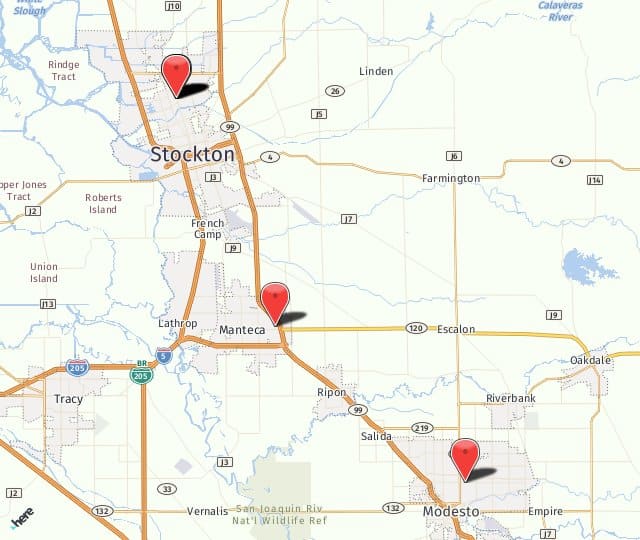How Do You Know If You Have Macular Degeneration
 Macular degeneration is a nasty eye disease that robs the central vision, particularly in older people. Age-related macular degeneration is the deterioration of the macula, which is the small central area of the retina of the eye that controls our visual acuity. We need a healthy macula to read, recognize faces, drive, watch TV, use a computer, and perform any task that requires us to see fine detail. That’s why it is such a terrible condition. Who wants to lose all of the items on that list?
Macular degeneration is a nasty eye disease that robs the central vision, particularly in older people. Age-related macular degeneration is the deterioration of the macula, which is the small central area of the retina of the eye that controls our visual acuity. We need a healthy macula to read, recognize faces, drive, watch TV, use a computer, and perform any task that requires us to see fine detail. That’s why it is such a terrible condition. Who wants to lose all of the items on that list?
There is no cure for macular degeneration, but the goal of our treatments at Central Valley Eye Medical Group centers around slowing the progression of the disease and possibly improving vision.
Scary numbers
Age-related macular degeneration (AMD) is the leading cause of vision loss among older Americans. There are somewhere around 10 million Americans with some degree of macular degeneration. Since the U.S. population is aging, those numbers are expected to rise to nearly 18 million people by 2050.
AMD is most common among the older white population, affecting over 14 percent of white Americans age 80 and above. For whites over age 50, advanced AMD affects 2.1 percent. This is over double the incidence in other ethnic groups.
Dry and wet forms
The most common for of AMD is called dry macular degeneration (non-neovascular). Dry AMD accounts for from 85 to 90 percent of AMD patients. The dry form is an early stage of the disease and may result from the aging and thinning of macular tissues, depositing of pigment in the macula or a combination of the two processes.
Dry macular degeneration is diagnosed when yellowish spots called drusen begin to accumulate in and around the macula. These spots are deposits or debris from deteriorating tissue. Dry AMD creates gradual central vision loss. But over time it can lead to deterioration of the retinal cells, leading to severe vision loss.
Wet macular degeneration (neovascular) can happen as a progression of dry AMD. With wet macular degeneration, new blood vessels grow beneath the retina and leak blood and fluid. This leakage causes permanent damage to light-sensitive retinal cells, which die off and create blind spots in the person’s central vision.
Treatments
There are no FDA-approved treatments for dry AMD, although there is some research pointing to the use of vitamins, nutritional supplements, and foods that are high in antioxidants as lowering a person’s risk for developing AMD.
Low-vision aids make it easier to live with the decreased vision caused by AMD. These range from hand-held magnifying glasses to more sophisticated systems.
For wet AMD, injections of drugs into the retina can block the growth and leakage of abnormal blood vessels. Lasers can also be used to destroy these leaking blood vessels in rare cases.
With macular degeneration it’s important to diagnose and treat it as early as possible. We can spot it during your regular eye exam at Central Valley. Call us at (800) 244-9907 to make your appointment.
Posted in: Macular Degeneration Treatment

